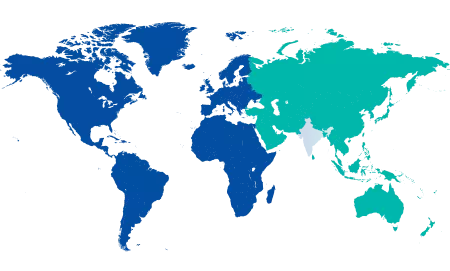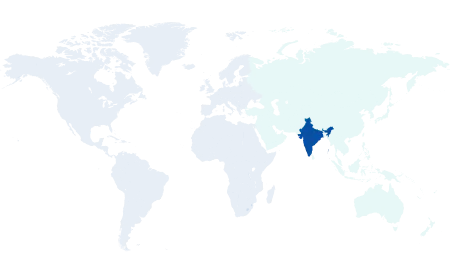OGD - Oesophago-gastro Duodenoscopy
Oesophago-Gastro Duodenoscopy Procedure In Siliguri
Oesophago-Gastro Duodenoscopy (OGD) is also known as Upper Gastrointestinal (GI) Endoscopy. This is a minimally invasive procedure used to examine the oesophagus (food pipe), stomach, and duodenum (first part of the small intestine). During the procedure, a thin, flexible tube with a camera (endoscope) is inserted through the mouth to identify ulcers, inflammation, infections, bleeding, or tumours.
At Manipal Hospitals, patients receive top-rated treatment for OGD – Oesophago-Gastro Duodenoscopy in Siliguri. Skilled gastroenterologists use high-definition endoscopic technology to ensure safe and precise diagnosis.
Why is the OGD Procedure Done?
The OGD- Oesophago-Gastro Duodenoscopy Procedure in Siliguri is recommended when patients experience:
-
Difficulty swallowing (dysphagia)
-
Persistent heartburn or acid reflux
-
Unexplained abdominal pain, vomiting, or bloating
-
Gastrointestinal bleeding (vomiting blood or black stools)
-
Suspected ulcers, infections, or tumours
In addition to diagnosis, OGD may be used to:
-
Collect tissue samples (biopsy) for conditions such as H. pylori infection, coeliac disease, or Barrett’s oesophagus
-
Treat problems during the procedure, such as controlling bleeding or dilating narrowed areas (strictures) in the digestive tract
What to expect before the OGD procedure?
The doctor reviews the patient’s medical history and may adjust or temporarily stop certain medications (e.g., blood thinners). Patients are advised to avoid food and drink for 6–8 hours before the procedure. Patients should inform the doctor about any allergies or existing health conditions. The doctor explains the procedure, along with its risks and benefits, before obtaining consent.
What to expect during the OGD procedure?
-
OGD- Oesophago-Gastro Duodenoscopy Procedure in Siliguri is carried out in the following manner.
-
The patient lies on their side, and mild sedation or anaesthesia is given for comfort.
-
The doctor inserts a soft, flexible endoscope through the mouth to examine the oesophagus, stomach, and duodenum.
-
If necessary, tissue samples (biopsies) or abnormal growths are removed and sent for laboratory analysis.
What to expect after the OGD procedure?
After the OGD- Oesophago-Gastro Duodenoscopy Procedure in Siliguri, patients rest in the recovery room until sedation wears off. Temporary side effects such as mild sore throat, bloating, or drowsiness may occur but usually resolve quickly. Most patients are discharged the same day. The doctor gives instructions regarding diet, rest, and follow-up care.
Benefits of the OGD procedure:
-
Provides direct visualisation of the oesophagus, stomach, and duodenum
-
Enables early detection of ulcers, infections, or cancers
-
Allows both diagnosis and treatment in the same sitting
-
Usually, a day-care procedure with minimal discomfort
Risks of the OGD procedure:
-
Temporary sore throat or bloating
-
Minor bleeding or infection, especially after a Biopsy
-
Rare risk of perforation (tear) in the digestive tract
-
Rare complications from sedation (allergic reaction, breathing difficulty)
At Manipal Hospital, top-rated treatment for OGD - Oesophago-Gastro Duodenoscopy in Siliguri is provided using advanced technology and stringent safety protocols to minimise risks. The gastroenterologists ensure safe and reliable results of Oesophago-Gastro Duodenoscopy for every patient.


























